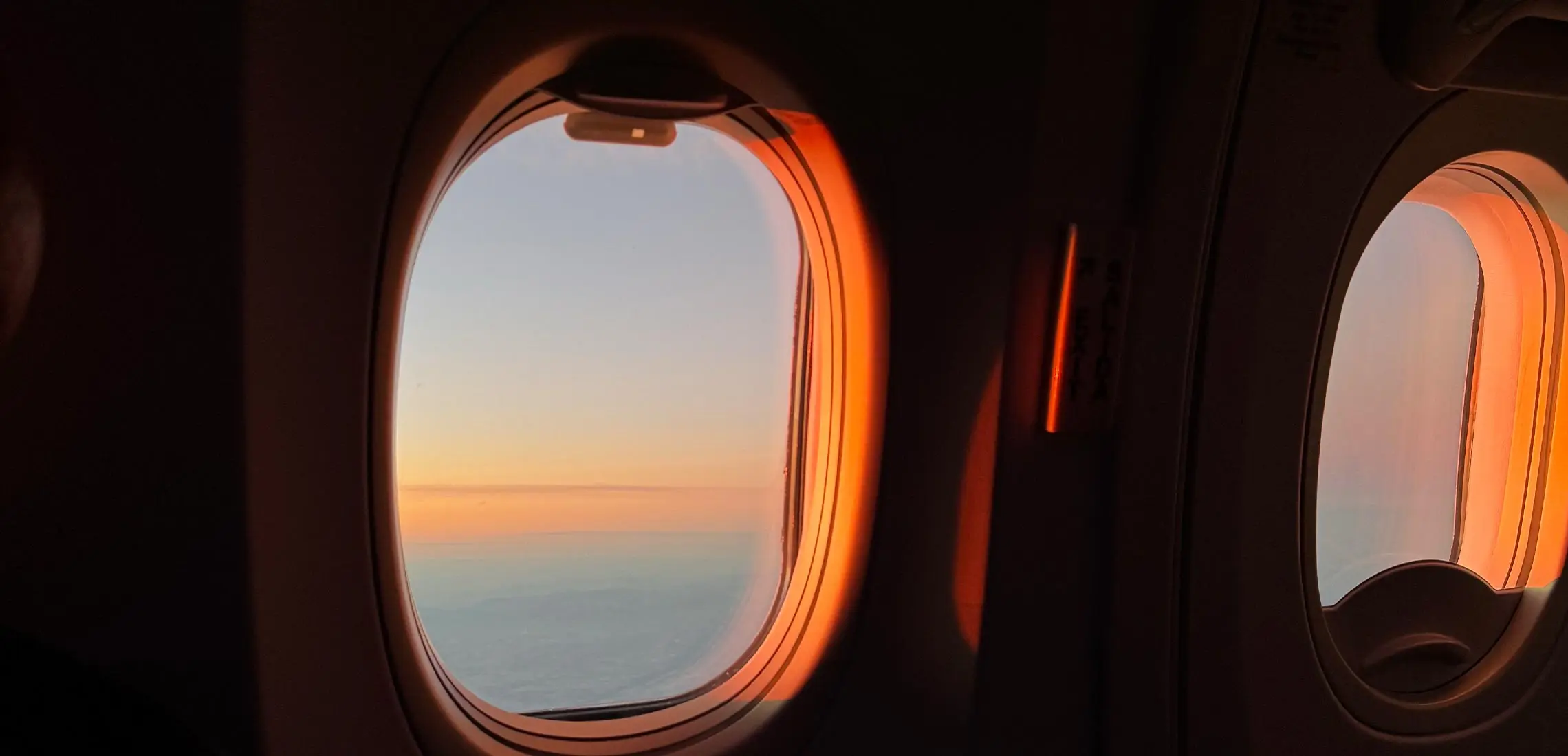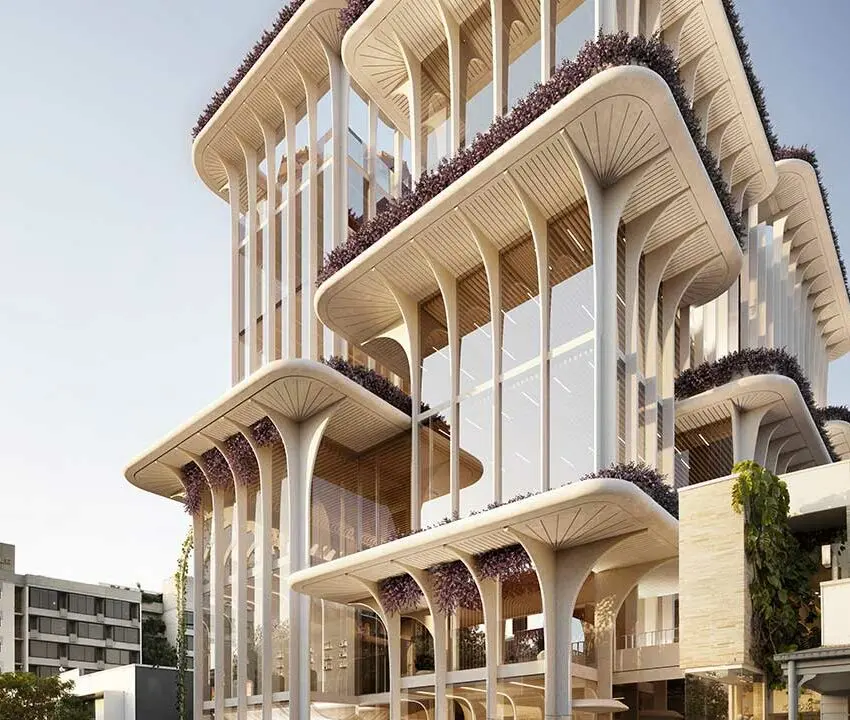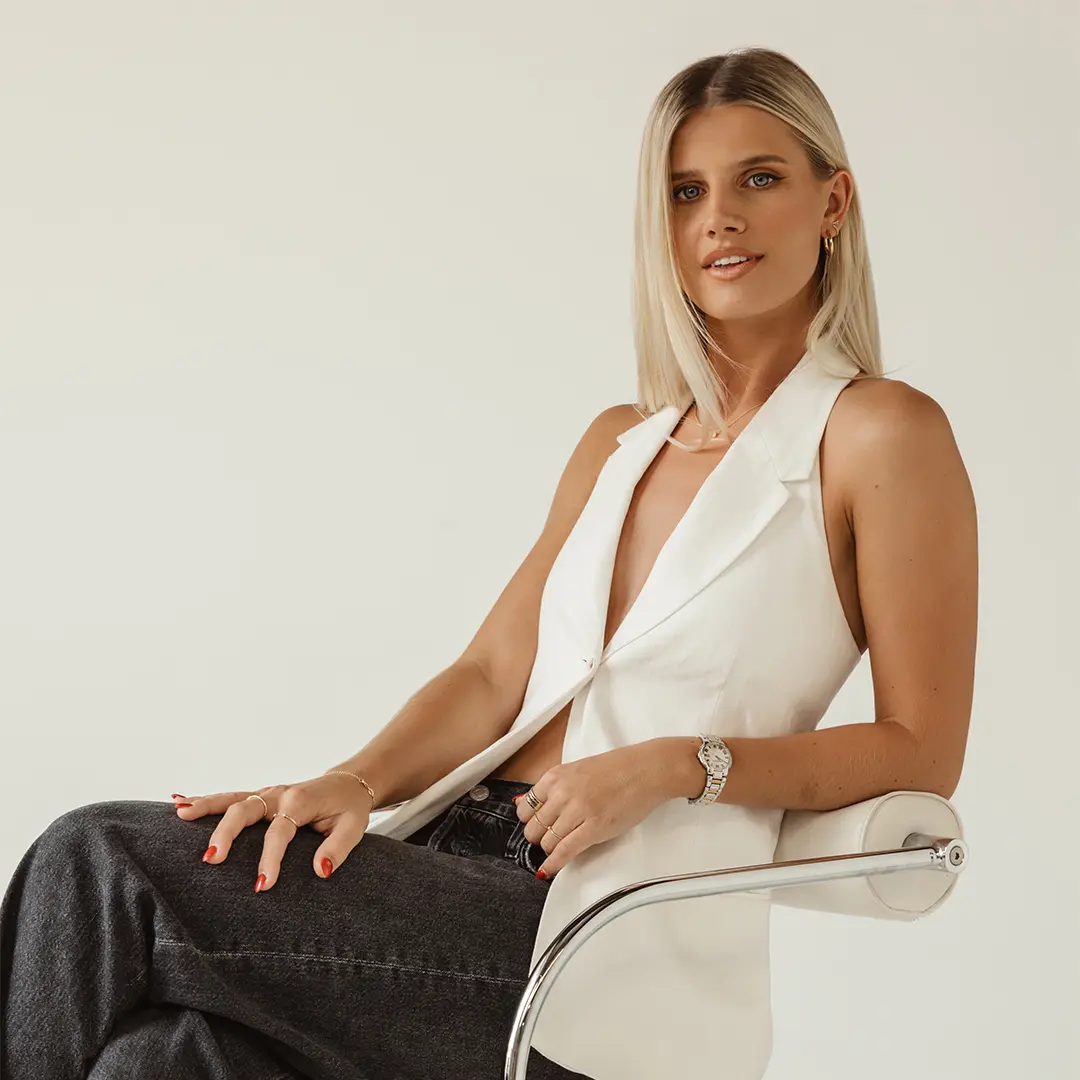
Why Are Aussies Going Abroad For Surgery? The Truth About Cosmetic Tourism
Instagram vs reality
By Bianca Licina | 19th November 2025Have your feeds been flooded with Aussies jetting off for facelifts, hair transplants, breast augmentations, and more? Welcome to the rise of cosmetic tourism – a trend that’s as glossy on Instagram as it is concerning behind the scenes.
So, what exactly is cosmetic tourism? In short, it’s travelling overseas in search of “cheaper” and “easier” alternatives to plastic surgery at home. But beneath the glamourised ads and perfectly filtered results lies a risky reality: rushed procedures, questionable standards, and outcomes that can be far from picture-perfect.
To unpack the risks, the reasons, and the reality, we sat down with leading Brisbane Plastic Surgeon Dr David Sharp of The Sharp Clinic.
1. Cosmetic tourism is booming — what’s your take on Aussies flying overseas for surgery? Is it all about cost-saving?
Cost is a factor; surgery overseas is often advertised at a ‘bargain’ price. But it’s not just about money. The marketing of major surgery alongside a holiday appeals to some people’s sense of adventure and desire for convenience. Unfortunately, what’s often overlooked is that surgery carries serious risks and requires long-term follow-up. The safety net Australians have here – from strict hospital standards and industry regulations, through to specialist plastic surgeon training – is not always replicated overseas.
2. Why have we seen such a rise in cosmetic tourism? Have you noticed this change yourself?
Previously, there were fewer cosmetic tourism destinations, but now operators from many countries heavily advertise to attract Australian patients. These operators are not subject to the same strict standards and regulations as Australian surgeons, so their marketing is much more compelling and attractive. A few factors drive this rise: social media promoting glamorous ‘before and after’ posts – a single reel can encourage thousands of people to believe it’s simple, safe and easy – when in reality, surgery is always a serious medical event that carries real risks. As well as this, operators are advertising aggressively online, and there is a perception that it’s faster and cheaper to travel abroad than to wait for consultations here. The rise of low-cost airlines and the post-COVID travel boom may have also played a role. Patients sometimes even tell us they stumbled across cosmetic tourism ads while simply searching for an experienced local plastic surgeon in their area.
3. What are some common surprises patients face when they come back after getting work done abroad?
The biggest surprise is usually around recovery. Procedures such as facelifts, tummy tucks (abdominoplasty) and breast surgery often require months of follow-up, but many patients return home just days or a couple of weeks after their operation overseas. It’s difficult to predict the level of swelling, pain or scarring each patient will experience, or how much support they will require once they’re back in Australia. Some arrive home still unwell, and in rare but serious cases, with infections or wounds not yet healed. In such cases, the regulatory system that we have here in Australia which maintains surgical standards, has no ability to help patients who have not received the required postoperative care from their operating surgeon.
4. From your experience, what are the biggest risks or challenges people might not realise when they opt for surgery overseas?
I see four main risks:
- Training and accreditation: In Australia, specialist plastic surgeons complete over 10 years of training, denoted by the title ‘specialist plastic surgeon’ and the post-nominal ‘FRACS’. Overseas standards vary widely.
- Hospital and anaesthetic safety: Not every clinic overseas has the same safety protocols that we take for granted in Australia, again due to our rigorous regulatory system.
- Limited time for consent and planning: Here, patients must have at least two consultations, including one face-to-face consultation with their surgeon, followed by a 7-day cooling-off period, before being able to book a surgery date sometime in the future. Overseas, surgery is often booked after a single online conversation.
- Aftercare: Surgery doesn’t end when you leave the operating theatre. All procedures carry the risk of complications both overseas and in Australia. But if they arise after surgery overseas, you may have to delay your return to Australia if you are not fit to travel, or return home unwell with an active complication. Once you get home, if revision is required, who will perform the surgery, and at what cost?
5. What’s the one piece of advice you’d give someone seriously considering cosmetic tourism?
Compare training, facilities, the laws protecting you, and the long-term aftercare you will receive after surgery. Consider how you would obtain any required follow-up care in Australia, and the potential cost of this.
6. How do you personally reassure your patients who are worried about the cost difference but want the safest results?
I acknowledge their concerns; surgery is a big financial investment and a massive leap of faith. I remind them that the true cost includes not just the operation, but also their safety, recovery and long-term outcome. In my practice, all postoperative visits and scar therapies are provided free of charge for 12 months after a patient has surgery. We offer this because patients have lower complications and better outcomes when they have access to regular contact with their care team. Many of our patients undergoing significant operations such as abdominoplasty, breast augmentation or facelift surgery see the value in knowing they will receive structured pre-operative care, be monitored closely through their recovery and have a surgeon available to them for years afterwards, if needed.
7. What can we do as a country to help Australians make smart choices about cosmetic procedures — at home or abroad?
Education is key. Australians need accessible, reliable information on what safe surgery looks like, whether they’re considering breast augmentation in Brisbane or a facelift overseas. Regulators could also look more closely at the way overseas operators are allowed to advertise in our digital spaces, often using messaging that Australian doctors are prohibited from using under AHPRA rules. Ultimately, patients should feel empowered to ask the right questions, check their surgeon’s credentials, and weigh not just the short-term excitement but the long-term impact of their decision.
Imagery: Dupe (@keya)








